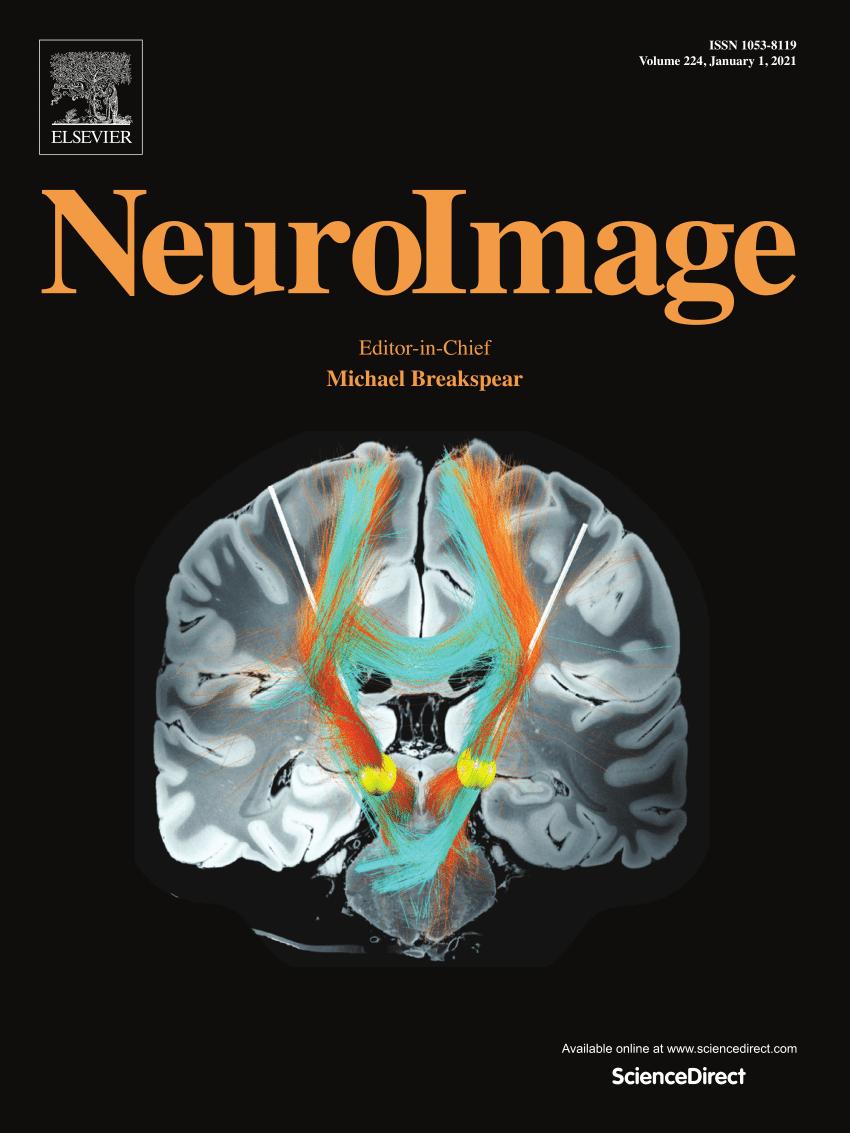Spatio-temporal dynamics of sound-induced vestibular processing: insights from stereo-EEG recordings
IF 4.5
2区 医学
Q1 NEUROIMAGING
引用次数: 0
Abstract
Numerous functions rely on the activation of the vestibular system, resulting in widespread activation of cortical brain regions. However, although the topographical organization of vestibular processing is relatively well understood, the temporal dynamics of this information processing remain insufficiently explored.
In this study, we conducted an in-depth analysis of intracerebral recordings from 107 patients (123 implanted hemispheres) to investigate the cortical response to acoustic and sound-induced vestibular stimuli (SVS), thus unveiling the spatiotemporal dynamics of vestibular processing. Our findings revealed the existence of distinct early components (phasic peak, 20–40 ms) localized in Heschl's area, planum temporale, retroinsula, posterior insular cortex, PFcm, parietal operculum, and structures above the Sylvian fissure. Moreover, we identified later, tonic components (peaking at 50–80 ms) characterized by an extended duration, returning to baseline between 200 and 300 ms. Remarkably, these latter components exclusively involved the perisylvian cortices.
The findings demonstrated that the early stages of human otolithic vestibular information processing involve both parallel and hierarchical pathways distributed across the perisylvian and peri‑Rolandic regions, rather than being restricted to a single primary cortical area. Furthermore, two distinct streams reminiscent of the dorsal/ventral dichotomy with specific spatio-temporal characteristics were identified.
Collectively, our study uncovers a complex and interconnected cortical network that underlies vestibular processing, shedding light on the temporal dynamics of this essential sensory system. These findings pave the way for a deeper understanding of the functional organization of the vestibular system and its implications for sensory perception and motor control.

声音诱导的前庭处理的时空动态:来自立体脑电图记录的见解
许多功能依赖于前庭系统的激活,导致大脑皮层区域的广泛激活。然而,尽管前庭处理的地形组织相对较好地理解,但这种信息处理的时间动态仍然没有得到充分的探索。在这项研究中,我们对107名患者(123个植入的大脑半球)的脑内记录进行了深入的分析,以研究皮层对声和声诱导的前庭刺激(SVS)的反应,从而揭示前庭加工的时空动态。我们的研究结果显示,存在明显的早期成分(相位峰值,20-40 ms),定位于Heschl区、颞平面、岛后、岛后皮层、PFcm、顶盖和Sylvian裂缝上方的结构。此外,我们后来发现,强直成分(在50-80毫秒达到峰值)的特征是持续时间延长,在200 - 300毫秒之间恢复到基线。值得注意的是,后一种成分只涉及左脑皮层。研究结果表明,人类耳石前庭信息处理的早期阶段涉及分布在periisylvian和perirolandic区域的平行和分层通路,而不是局限于单一的初级皮层区域。此外,还发现了具有特定时空特征的两种不同的背/腹二分法流。总的来说,我们的研究揭示了一个复杂的、相互关联的皮层网络,它是前庭处理的基础,揭示了这个基本感觉系统的时间动态。这些发现为更深入地了解前庭系统的功能组织及其对感觉知觉和运动控制的影响铺平了道路。
本文章由计算机程序翻译,如有差异,请以英文原文为准。
求助全文
约1分钟内获得全文
求助全文
来源期刊

NeuroImage
医学-核医学
CiteScore
11.30
自引率
10.50%
发文量
809
审稿时长
63 days
期刊介绍:
NeuroImage, a Journal of Brain Function provides a vehicle for communicating important advances in acquiring, analyzing, and modelling neuroimaging data and in applying these techniques to the study of structure-function and brain-behavior relationships. Though the emphasis is on the macroscopic level of human brain organization, meso-and microscopic neuroimaging across all species will be considered if informative for understanding the aforementioned relationships.
 求助内容:
求助内容: 应助结果提醒方式:
应助结果提醒方式:


